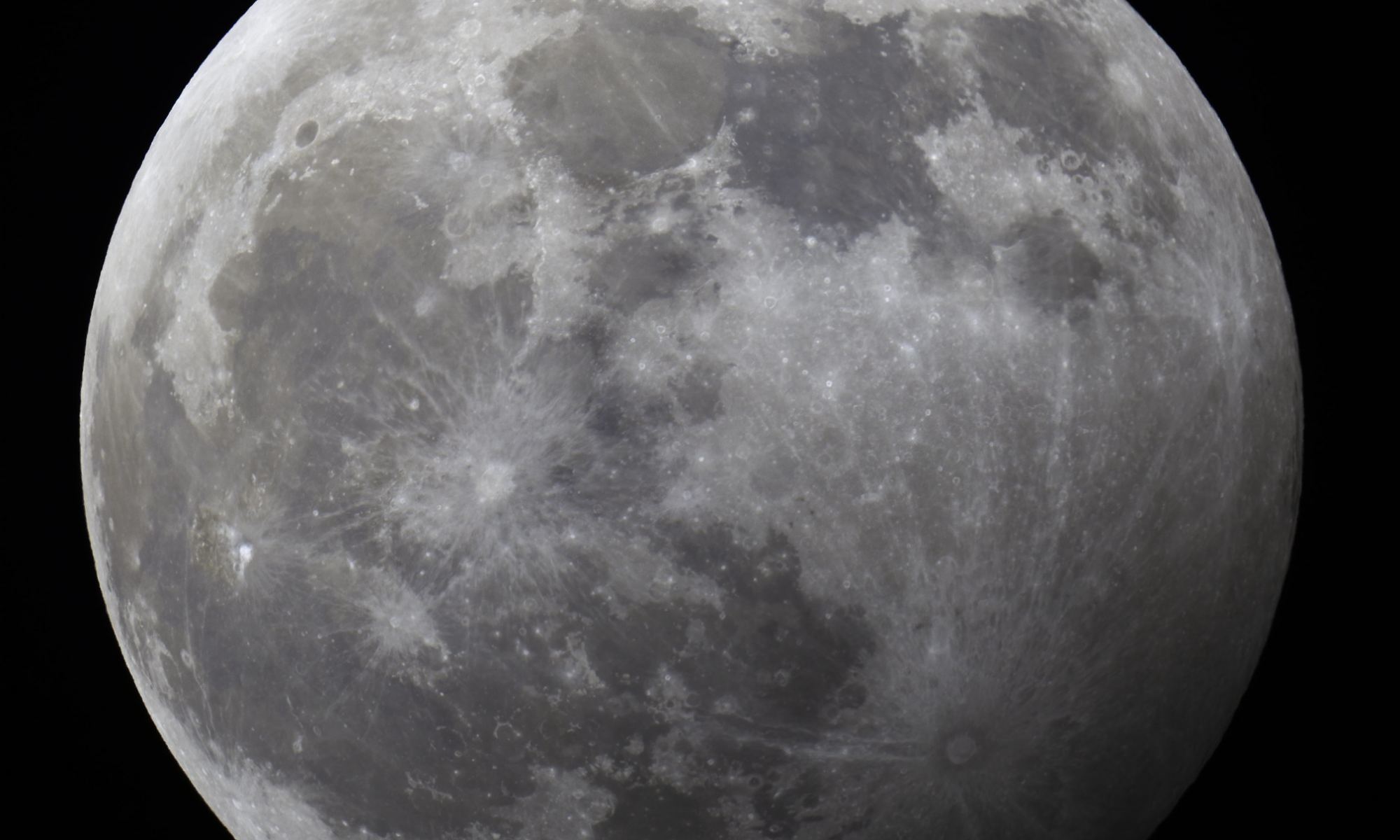The July 4th Penumbral Lunar Eclipse Ends a Rare Triple Eclipse Season
Up for a curious observing challenge? Saturday night into Sunday morning July 4th/5th offers up the final eclipse of the season, with a barely there, penumbral lunar eclipse.
The current eclipse season is actually bracketed by two penumbrals, the first of which occurred on June 5th. These book-ended June 21st’s fine annular solar eclipse, which crossed Africa and Asia.
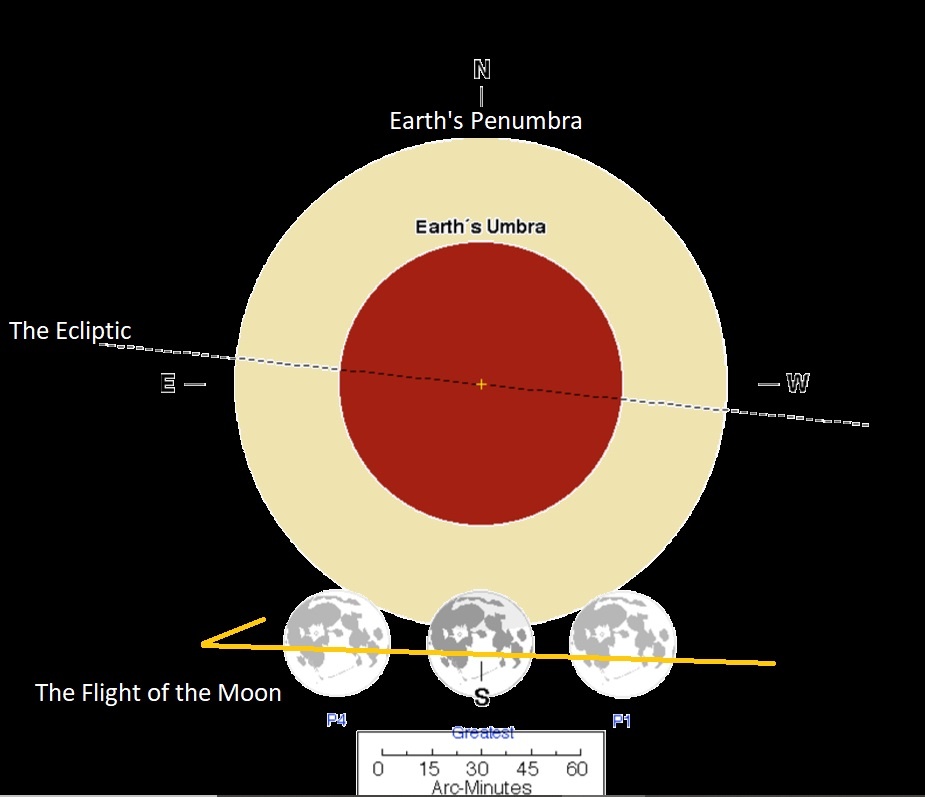
This weekend’s eclipse occurs at moonset across Africa and western Europe, and moonrise for northwestern North America… South America and the remainder of North America get a full view of the entire eclipse. First penumbral contact occurs at 3:07 Universal Time (UT)/11:07 PM EDT Saturday night (July 4th), but don’t expect to see much until mid-eclipse around 4:31 UT/12:31 AM EDT. At its deepest, the Moon will only be immersed about 35% of the way into the outer penumbral shadow of the Earth. At most, expect to see a subtle, tea-colored shading on the northern limb of the Moon. The entire eclipse lasts 2 hours and 45 minutes, ending on Sunday morning at 5:52 UT/1:52 AM EDT.
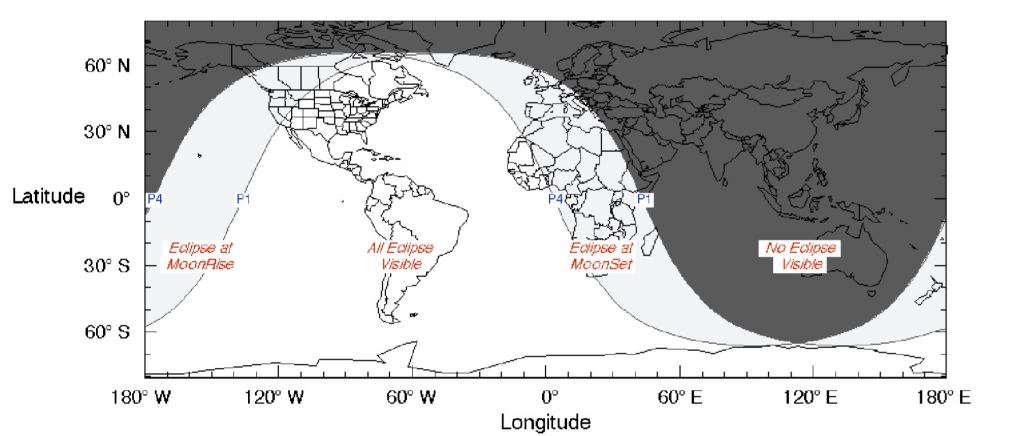
A penumbral lunar eclipse occurs when the Moon passes through the outer bright shadow of the Earth, as opposed to crossing the inner dark shadow cone known as the umbra as seen during a total lunar eclipse. The penumbral shadow at the Moon’s distance is 140’ or 2 2/3 degrees (just under five Full Moon widths) across. The Earth casts this wide, diffuse shadow back into space because the Sun is not a point source; standing on the northern region of the Moon on Saturday night and looking back at the Earth, you’d see a shallow partial solar eclipse.
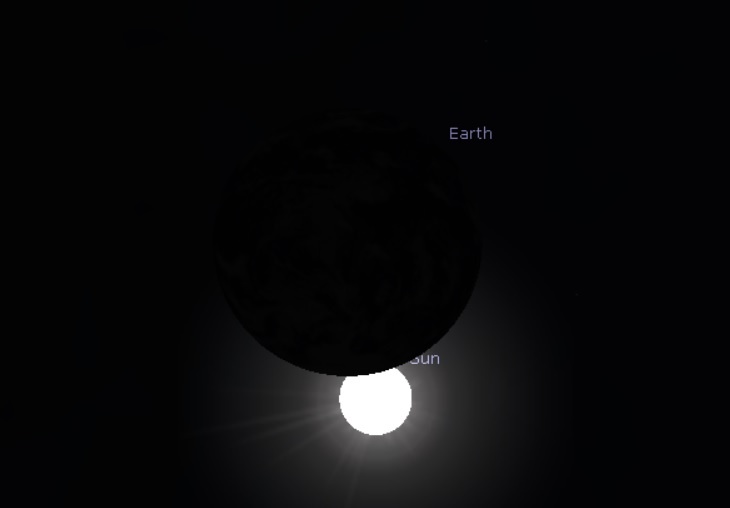
Eclipse seasons featuring three eclipses are rare, though not unheard of… this last triple set occurred in 2018 (a partial solar-total lunar-partial solar set) and won’t happen again until 2029 (also of the partial solar-total lunar-partial solar variety)
By definition, a lunar eclipse must occur at Full Moon, and this weekend’s July Full Moon is often referred to as the Full Buck or Thunder Moon.
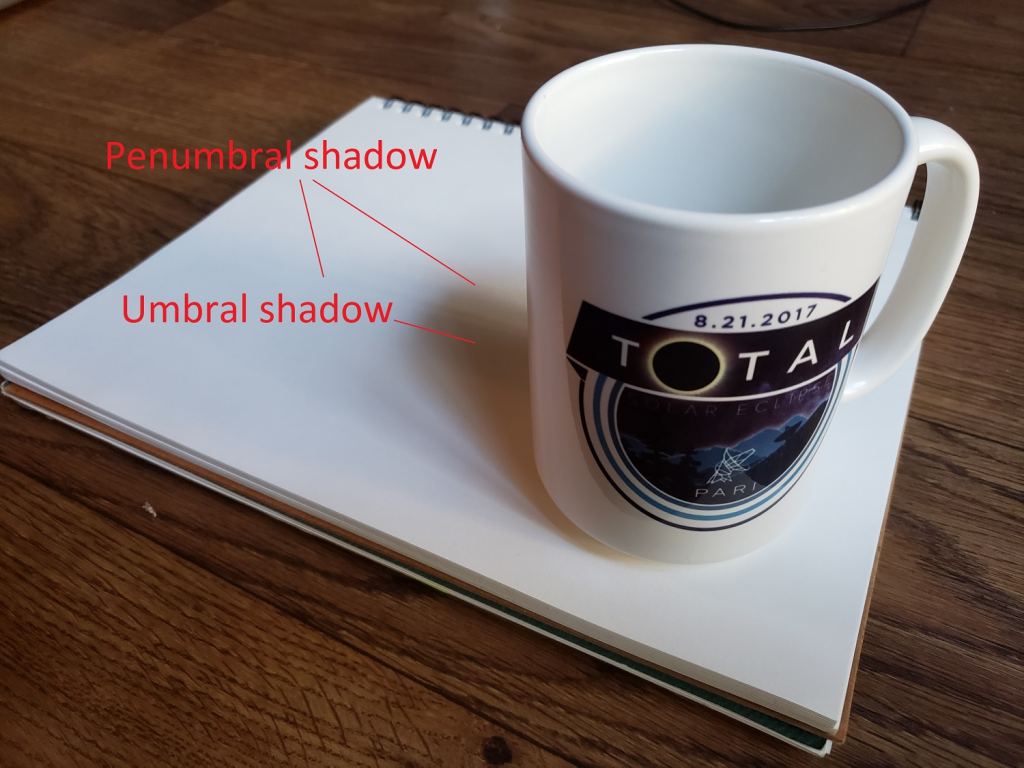
Tales of the Saros
This weekend’s penumbral lunar eclipse is member 3 of the 72 lunar eclipses in saros series 149. This saros is a relative newcomer on the scene, as member 1 occurred on June 13th 1984. This saros will produce its first total lunar eclipse on April 16th, 2489, and its final faint penumbral eclipse occurs on February 17th, 2994.
Are penumbral lunar eclipses worth watching? Certainly as eclipses go, a penumbral is a near ‘non-event,’ versus the awesome spectacle of a total lunar or solar eclipse. Take a look at this weekend’s eclipse at its maximum and ask yourself: would you even notice anything was amiss with the Moon, if you didn’t know better? Here’s a challenge: image the Moon about an hour before mid-eclipse, at mid-eclipse, then an hour later using the same camera settings… you may well be able to tease out a bit of shading on the Moon at mid- ‘penumbrality’.
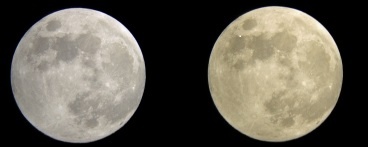
…and the Next Eclipse is…
Ironically, all four lunar eclipses in 2020 are penumbral only; the final one takes place on November 30th, leading us into the big ticket total solar eclipse of December 14th crossing the southern tip of South America. But take heart, total lunar eclipses return to Earth next year with a fine event centered on the Pacific Rim region May 26th, 2021.
Sure, lots of deep-sky imagers tend to simply pack it in around Full Moon… but if skies are clear, take a look at the Moon early on Sunday morning, for the most elusive of lunar eclipses.
Lead image credit: The penumbral lunar eclipse of January 10th, 2020. Image credit and copyright: Roger Hutchinson.

